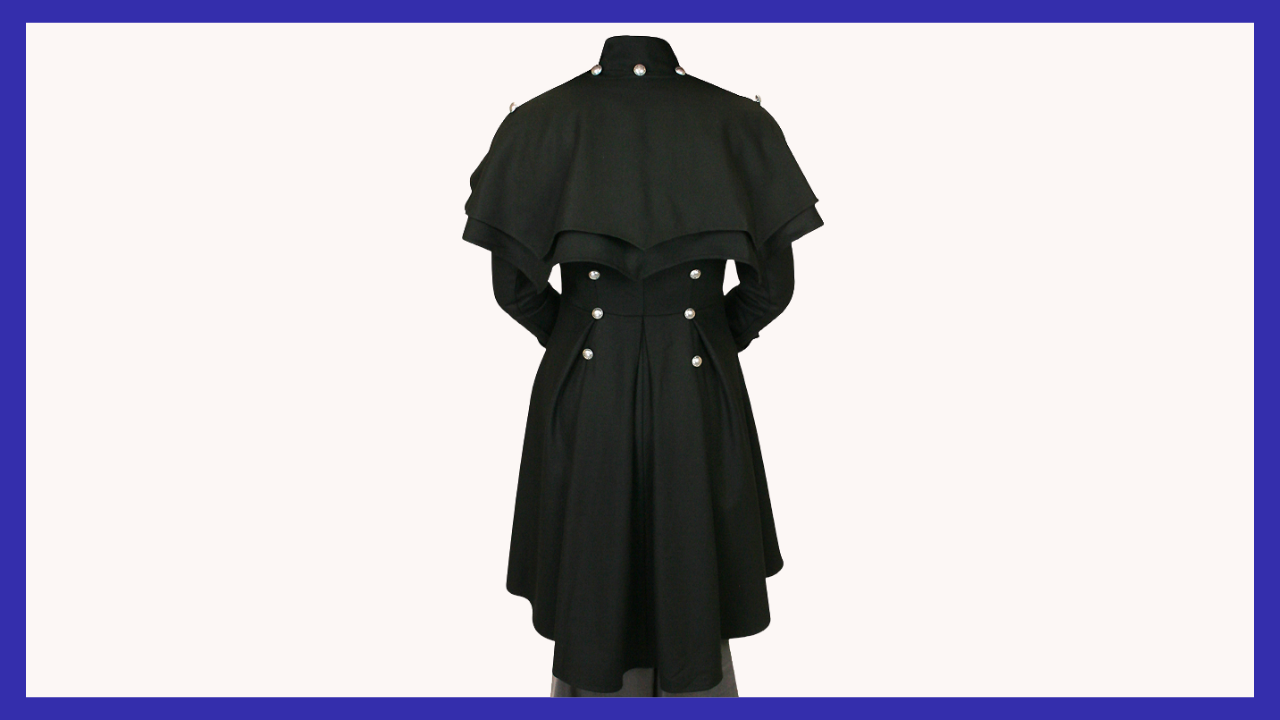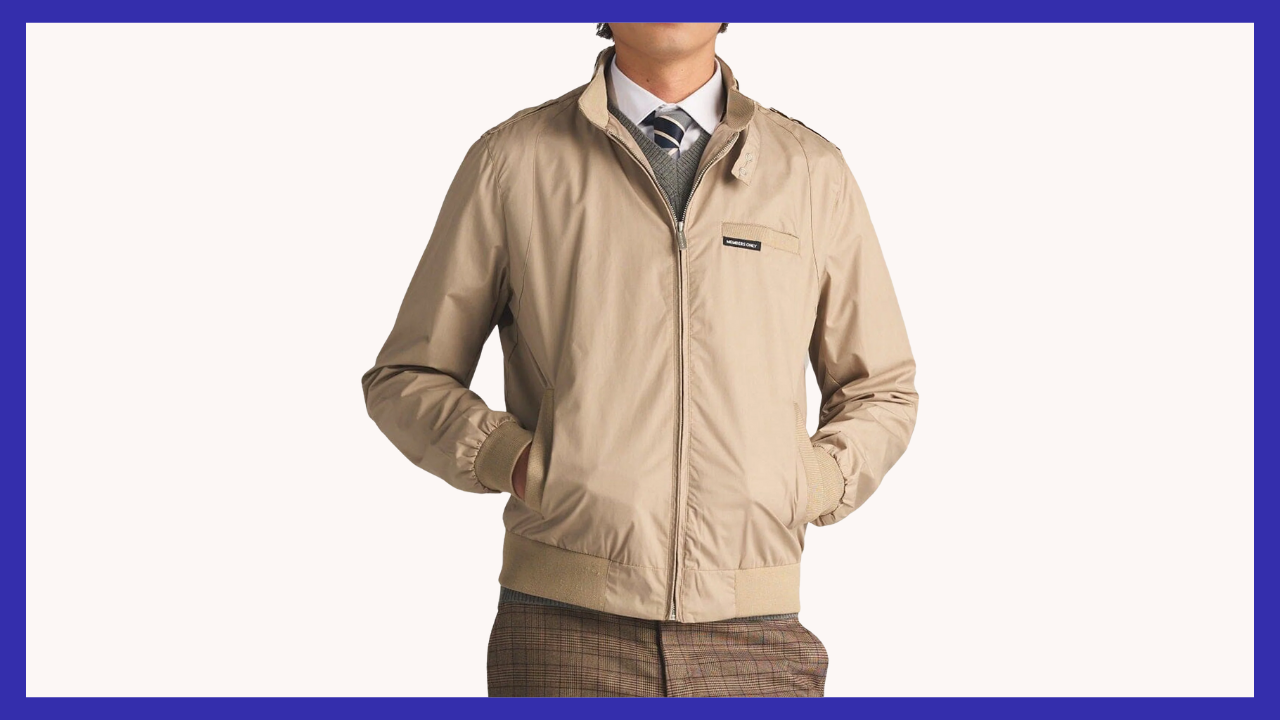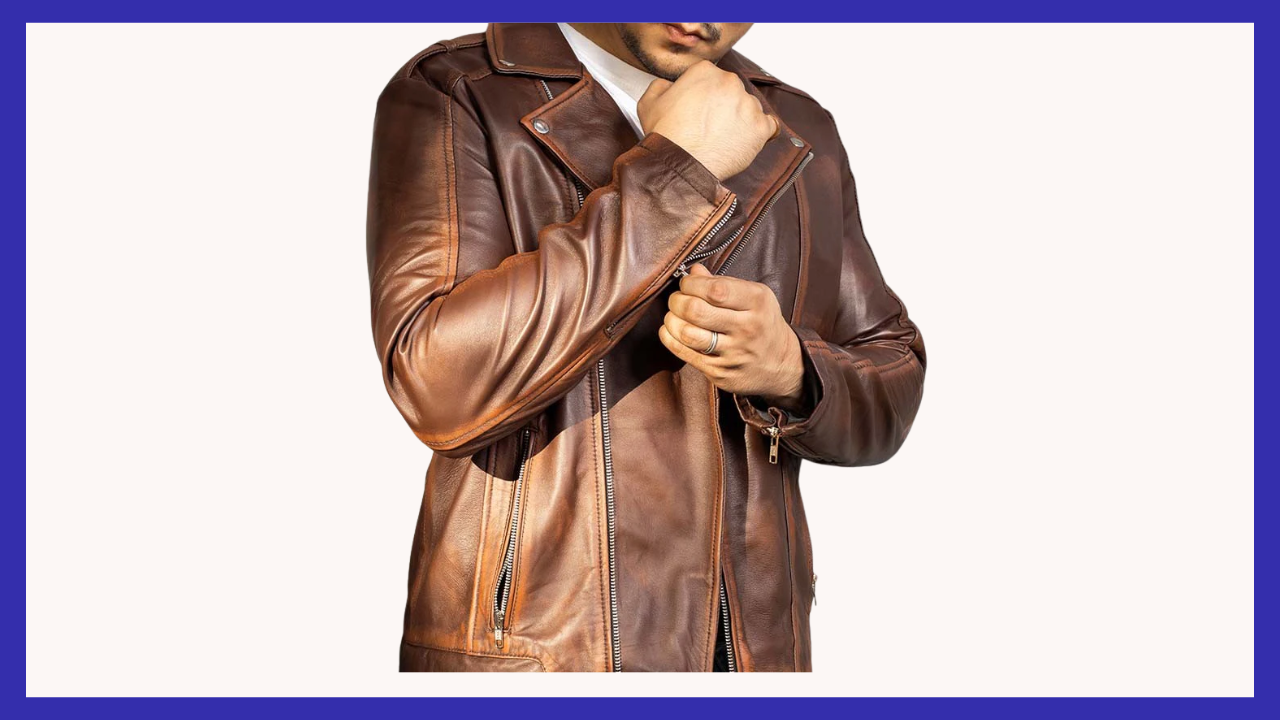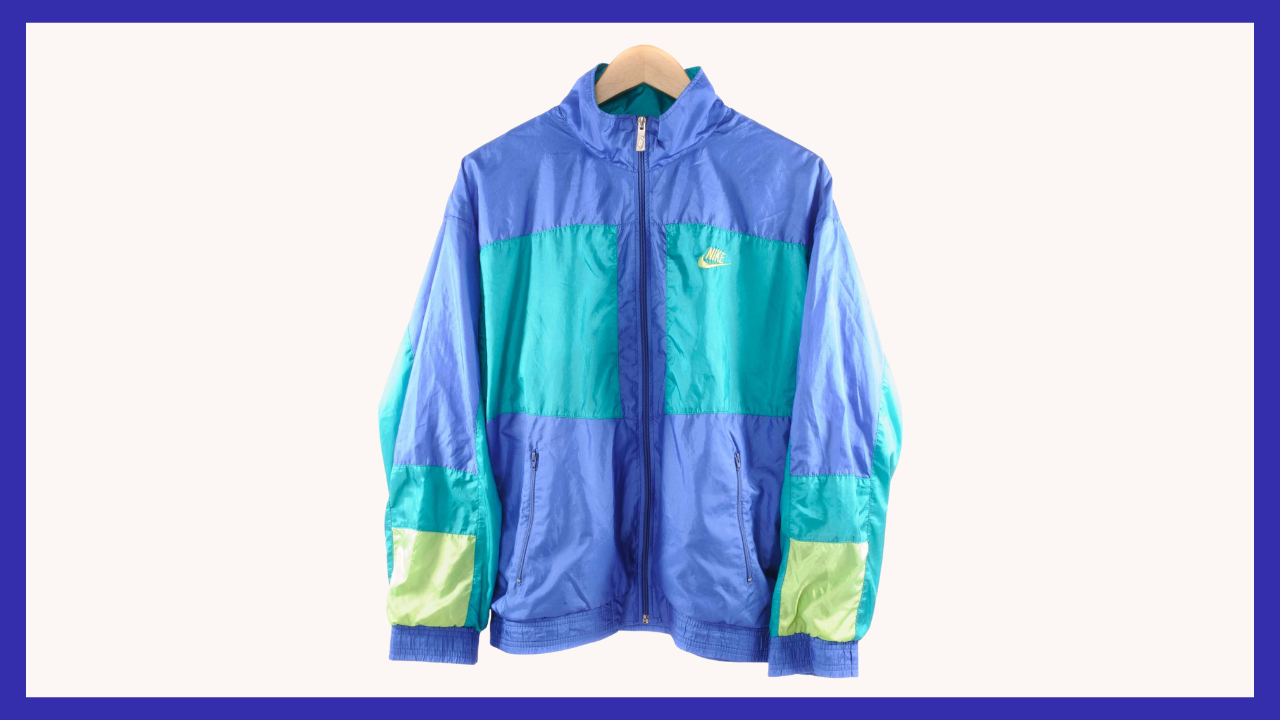AllVintageStyles
The Ultimate Vintage Fashion Encyclopedia
Inverness Coat

Distinctive overcoat with attached cape overlay, combining traditional coat construction with sleeveless cape for dramatic Victorian-era formal wear.
Quick Facts
- Era: 1880s (peak popularity 1860s-1900s)
- Origin: Scotland/Britain (Highland dress and Victorian formal wear tradition)
- Garment Type: Formal overcoat with attached cape overlay
- Key Identifiers: Sleeveless cape attachment, wool construction, high collar, button closure
- Typical Resale Price: $200-$1200 (authentic vintage pieces)
- Best For: Victorian costume collectors, theater enthusiasts, formal historical events
History & Evolution
Inverness coats originated in 19th-century Scotland as adaptations of Highland military capes combined with formal overcoat construction. The design provided weather protection while maintaining freedom of arm movement, making it practical for carriage travel and outdoor activities. Victorian gentlemen adopted the style for formal occasions, appreciating its dramatic silhouette and Continental sophistication that distinguished wearers from common dress.
The 1870s and 1880s represented peak popularity when Inverness coats became essential formal wear for well-dressed men attending theater, social events, and evening occasions. The style's association with detectives and literary figures, particularly Sherlock Holmes illustrations, cemented its cultural significance. Tailors in London's Savile Row and other prestigious districts created bespoke versions for wealthy clientele seeking distinctive formal outerwear.
By the early 1900s, changing fashion preferences and automobile adoption reduced Inverness coat practicality, leading to gradual decline in mainstream use. The style survived primarily in theatrical, ceremonial, and costume contexts throughout the 20th century. Contemporary production remains limited to specialty costume and historical reproduction companies, making authentic Victorian examples highly prized among collectors and historical fashion enthusiasts.
Authentication Tips
Authentic 1880s-1900s Features:
- Heavy wool melton or broadcloth construction with substantial weight and quality
- Hand-sewn cape attachment with period-appropriate tailoring techniques
- Silk or wool lining with quality construction and period-appropriate patterns
- Horn, bone, or covered fabric buttons typical of Victorian formal wear
- Hand-finished buttonholes and seams with authentic Victorian tailoring characteristics
Common Reproductions/Modern Pieces:
- Lightweight synthetic or poor-quality wool fabrics lacking authentic drape
- Machine-sewn cape attachment with modern construction techniques
- Cheap polyester lining or modern synthetic materials
- Plastic buttons or modern metal hardware inappropriate for Victorian styling
- Machine-finished construction without authentic hand-tailored details
Styling & Use Cases
- Best for costume collectors: Combine with top hat and formal Victorian accessories for complete period authenticity
- Ideal for theater enthusiasts: Use for period productions requiring authentic Victorian formal wear styling
- Perfect for historical events: Wear to Victorian-themed gatherings or steampunk conventions for dramatic formal presentation
Modern styling tips:
- Treat as statement piece requiring careful coordination with period-appropriate accessories
- Avoid mixing with contemporary casual wear to prevent costume-like appearance
- Focus on quality formal garments underneath to support the coat's dramatic presence
FAQ
Q: How can I tell if an Inverness coat is authentic Victorian construction?
A: Check for heavy wool melton construction, hand-sewn cape attachment with period tailoring, silk or wool lining, horn or bone buttons, and hand-finished buttonholes typical of authentic Victorian formal wear manufacturing.
Q: What's the typical price range for vintage Inverness coats?
A: Authentic Victorian Inverness coats range from $200-1200 depending on condition, provenance, and construction quality. Museum-quality pieces or those with documented history command premium prices among costume and historical collectors.
Q: How should I care for a vintage Inverness coat?
A: Professional conservation cleaning is recommended due to age and delicate Victorian construction. Store in climate-controlled conditions with acid-free tissue support to prevent cape stress and fabric deterioration.
Q: What makes vintage Inverness coats valuable to collectors?
A: Extreme rarity of authentic Victorian examples, superior hand-tailored construction impossible to replicate commercially, cultural significance in Victorian formal wear history, and association with literary and detective fiction that maintains popular interest.
📷: Historical Emporium



